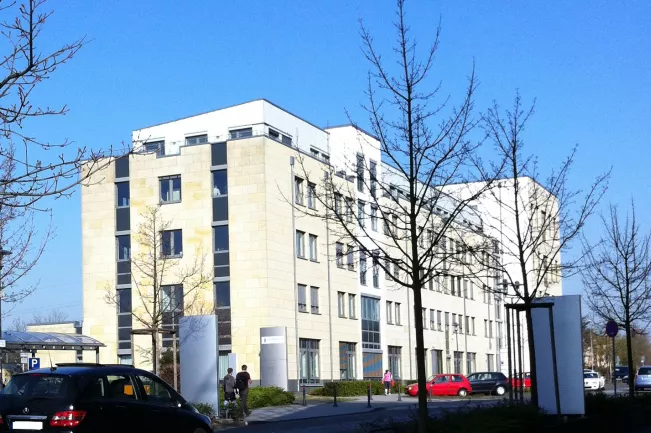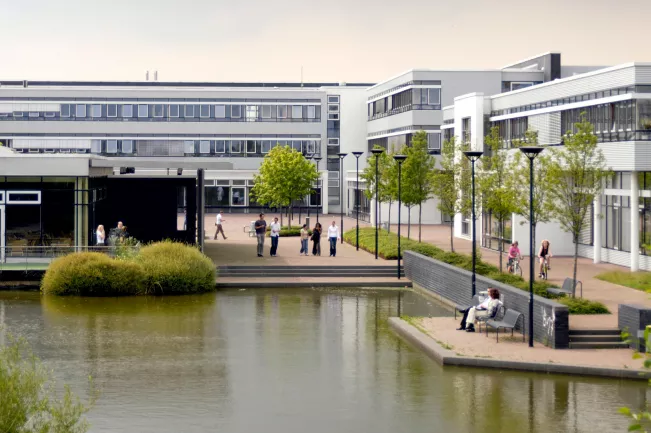Communications and Marketing
H-BRS scores as a "role model university"

"The new ranking shows that our efforts have paid off," says a delighted Dr Udo Scheuer, Head of the Centre for Science and Technology Transfer (ZWT) at the university. Even without EXIST funding from the federal government, H-BRS is well placed and can call itself a "model university". This is despite the fact that universities of applied sciences are much less frequently represented in the top group than universities, as the authors of the study write.

Since its foundation in 1995, Hochschule Bonn-Rhein-Sieg has produced many successful founders in various industries, who have settled primarily in the Cologne-Bonn region and created numerous jobs. They are responsible for innovation and are part of H-BRS's large network of regional companies. This networking is attributed great importance in what is now the third start-up radar - and has a good tradition at H-BRS.
BusinessCampus Rhein-Sieg GmbH, in which H-BRS is a shareholder alongside Rhein-Sieg-Kreis and Kreissparkasse Köln, has now supervised more than 100 young companies in the start-up centre on campus. The new Centre for Entrepreneurship Innovation and SMEs (CENTIM) also strengthens the aspects of start-up teaching and research.

The four indicators on which the start-up radar is based are anchoring, sensitisation, support in promoting start-up activities and the start-up activities themselves. Hochschule Bonn-Rhein-Sieg scored "exemplary performance" in the last point in particular. The large number of documented start-ups and the successes in funding competitions are evidence of this, as is the vibrant start-up culture at the university.
University President Hartmut Ihne also draws attention to the potential for development: "Over many years, the university has developed a highly noteworthy and effective toolbox for start-up teaching, research and practice. In 2015, these skills were further expanded through the facilities of the SME and start-up-oriented institute CENTIM."

Overall, the universities in the new survey have moved closer together in the top group. H-BRS has improved in all criteria compared to 2013.
In 2016, 67 out of 91 medium-sized state and private universities took part. Across all university sizes, 194 universities, or around 50 per cent, took part. Converted to the number of students at the participating universities, this figure even corresponds to 66 per cent of the university landscape.
Based on the current start-up radar, the Stifterverband sees potential for improvement for universities of applied sciences in general and suggests that the federal EXIST programme should also be tailored to universities of applied sciences. So far, universities have benefited disproportionately from this programme.
Do you still have questions?

[Archive] Eva Tritschler
Press and Public Relations, Spokeswoman/Editor-in-Chief of the university magazine doppelpunkt:
Location
Sankt Augustin
Address
Grantham-Allee 20
53757 Sankt Augustin
Documents
Links
Further links